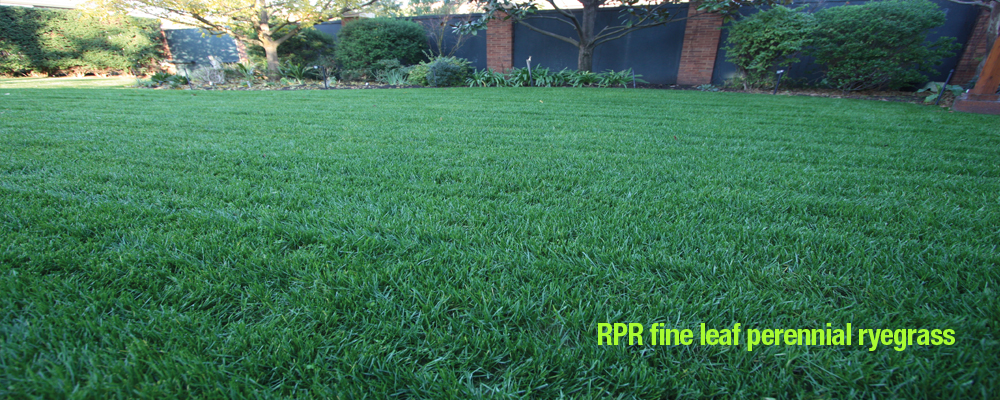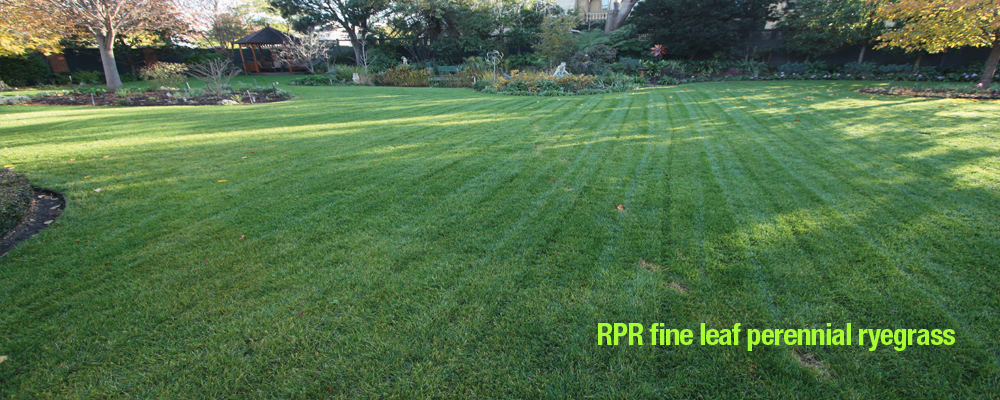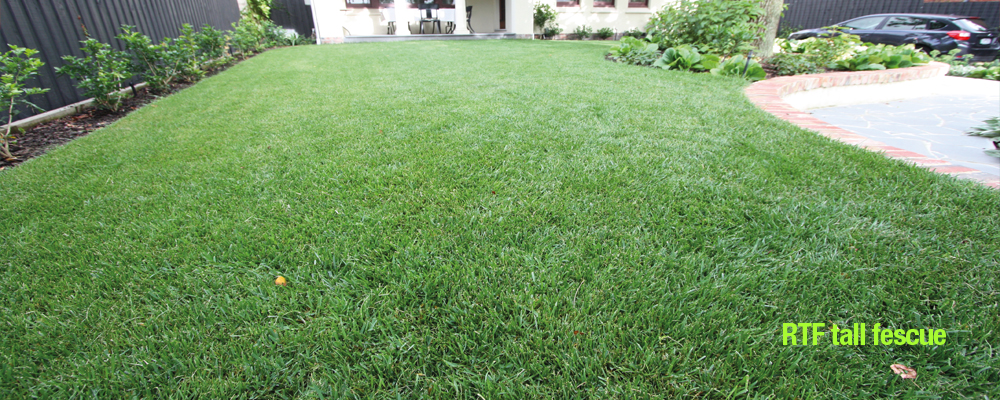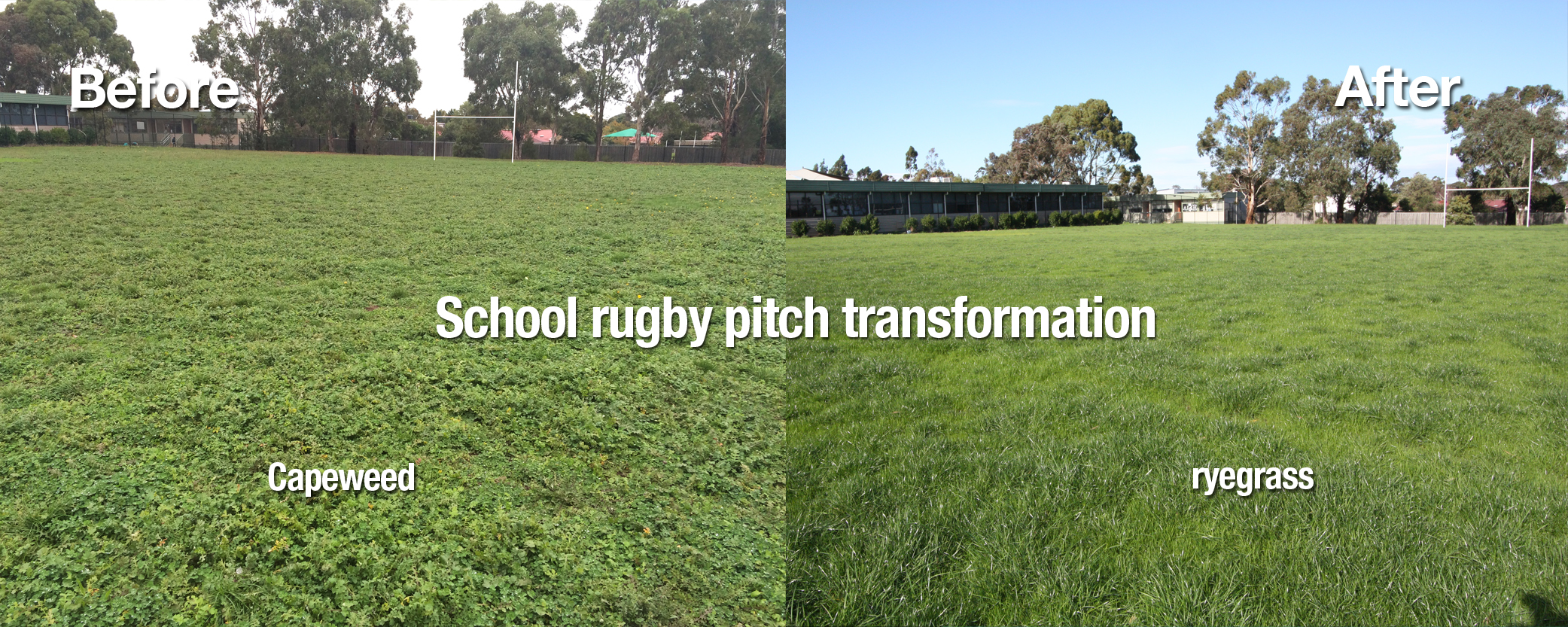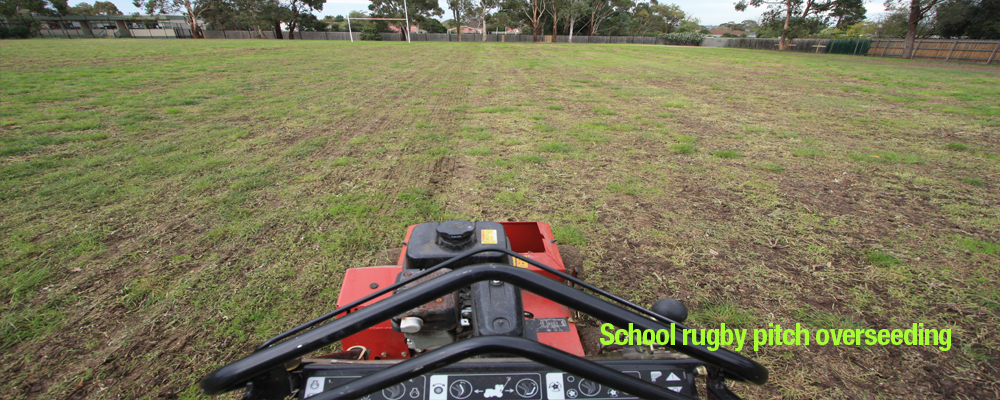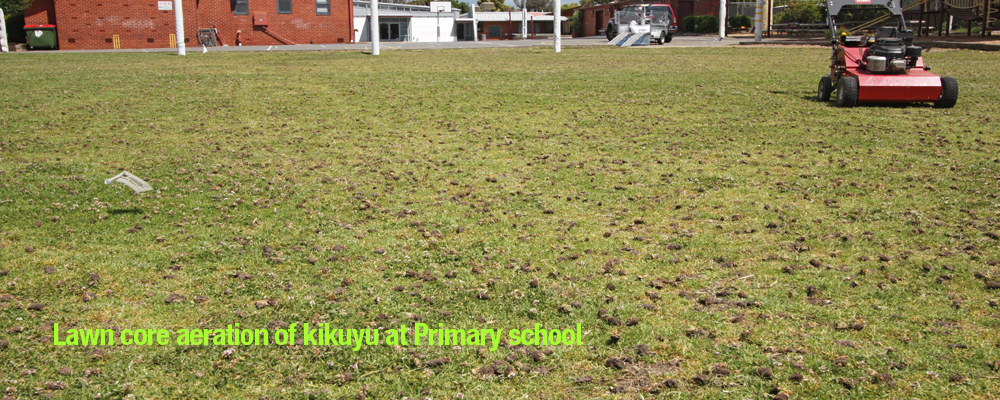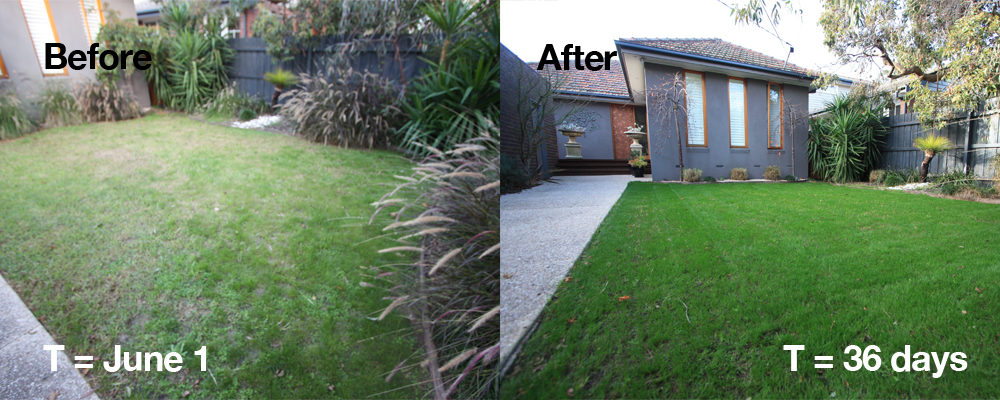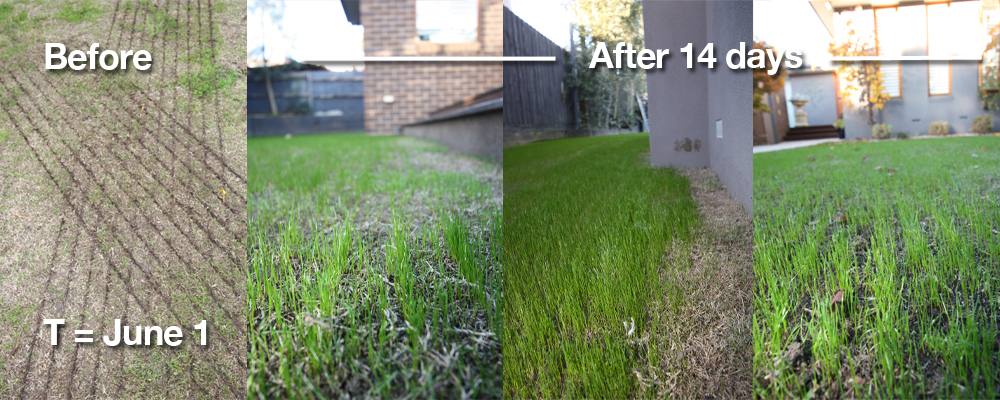
Lawn diseases | leaf and root diseases | control options
As nature would have it, as animal microbes host off animals and humans (i.e. skin infections), the same is the case in the plant world. Turf grass is no different and plays host to range of bacterial and fungal pathogens. Healthy turf grass plants resists pathogens. Lawn diseases develop when conditions are stressful for host turf grass plants and conducive for pathogen colonization. Infection of the plant occurs, in the leaf, in the crown or within the roots resulting in lawn disease.
Lawn disease (turfgrass) infection may develop when:
- There is a suspecible host plant
- Presence of disease causing pathogen
- Correct environmental conditions over a period of time
Managing the lawn diseases involves disrupting one or more of the above pre conditions. Cultural controls (management) to disrupt environmental conditions for the pathogen to develop will check the lawn disease. This includes raising the mower height, balancing fertility, turning off the irrigation for a period, drying out the soil profile and grass canopy, and soil core aeration.
The other option is to remove the disease causing pathogen with a fungicide.
The range of lawn diseases include:
- Rhizotonia (Brown patch)
- Pythium leaf blight
- Pythium root rot
- Fusarium
- Grey leaf spot
- Red thread
- Pink patch
- Crown rust (Puccinia)
- Dreshlera leaf spot, crown rot, and root rot.
If we suspect a lawn disease pathogen, we generally act by applying a broad-spectrum fungicide and advising the lawn owner to change management conditions and monitor. Almost always, the turfgrass grows out of the disease back to full health.
Invariably, newer turfgrass species carry genes for disease resistance bred into them making them less susceptible to pathogen attack.
Newer turfgrass species also carry a beneficial symbiotic fungus called Endophyte. The endophyte co-exists in the turfgrass roots secreting alkaloids that deter some root feeding insects.












